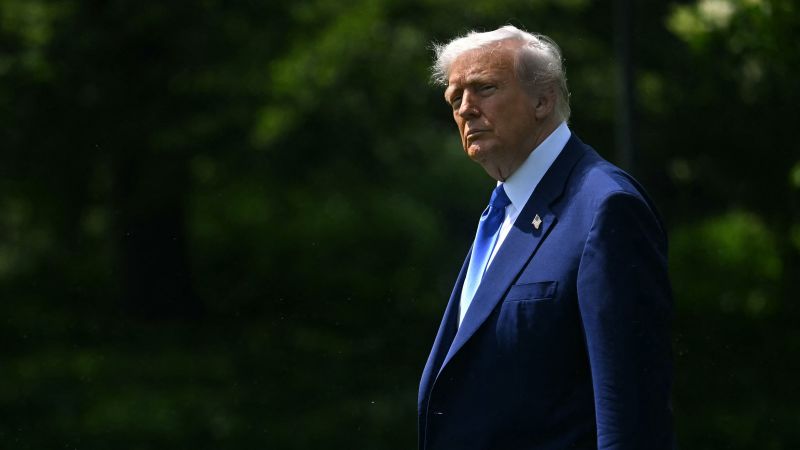The trade war landscape in 2025 presents a complex and tumultuous reality that can only be likened to a person repeatedly receiving blows to the abdomen. The ongoing tension is accentuated by a temporary truce in what many consider a fabricated crisis. The government recently decided to reduce tariffs on a variety of Chinese imports, with the United States trimming its previous 145% tariffs down to 30%, while China reciprocated by dropping its tariffs from 125% to 10%. This seemingly positive shift, however, feels like only a minor reprieve in a deeply fraught situation.
Navigating through the shifting dynamics of economic policies under President Trump (often referenced humorously as “Trump 2.0”) leads one to perceive this slight easing of tariffs as tangible relief. The situation somewhat echoes a scene from the popular culture television show “Arrested Development,” where a character engages another in relentless physical encouragement, promoting resilience despite the discomfort. In the context of U.S. businesses, however, the optimism stemming from these shifts seems tenuous and precarious.
On a particularly noteworthy Monday, markets reacted positively to the news of the reduced tariffs. Investors were quick to celebrate this development, effectively reclaiming the losses accrued following the introduction of tariffs earlier in the month of April. Yet, the elation experienced on Wall Street does not stem from the belief that a 30% tariff rate is genuinely beneficial, but rather from the speculation that President Trump may not fully commit to his drastic economic policies.
In any normal circumstances, a 30% tariff on goods from the U.S.’s third-largest trading partner, together with an assortment of other tariffs, would have incited panic among investors. However, after several weeks of fluctuating tariffs and economic uncertainty, the financial landscape has evolved into one familiar with expectations of hardship. Thus, the cheer from the market crowd reflects more a shift in anticipated probabilities rather than actual relief from economic burden.
While some investors may have lifted their glasses in celebration on that Monday, it is crucial to emphasize that their cheer does not indicate that the economy has emerged unscathed from turmoil. The continuation of certain tariffs is projected to cause consumer prices to increase nearly 2%, translating to an estimated financial burden of $2,800 per household over the course of the year. Furthermore, projections indicate an anticipated job loss exceeding 456,000 by the year’s conclusion, likely increasing the unemployment rate by an additional 0.4%.
Despite the recent tariff reductions, U.S. economic growth forecasts suggest a decline. Kathy Bostjancic, the chief economist for Nationwide Mutual Insurance Company, expressed optimism while acknowledging the adverse effects that both tariffs and government reductions could impose. Reports indicate a correlation between these factors and potential strains on employment and economic activity as 2025 unfolds.
The abrupt pullback from the Trump administration on tariffs illustrates a significant issue businesses have long pondered: the apparent inconsistency in Trump’s objectives and their frequent shifts. Economist Justin Wolfers raised concerns regarding the likelihood of sustained calm over the next 90 days, suggesting that real relief would come from separating the decision-making authority from Trump himself.
The White House, meanwhile, has gleefully branded the recent agreement with China as another triumph for Trump, following closely on the heels of a supposed landmark trade arrangement with the United Kingdom. Critics, however, regard this recent agreement as somewhat less grandiose, merely portraying an intention to negotiate a deal that would affect only a small fraction of America’s overall trade landscape.
More importantly, while a 30% tax is undeniably less burdensome than the prior 145%, this concession remains far from a solid victory. It could indicate the difference between an outright trade collapse and a mere slowdown, yet the structural issues remain, with the potential for lasting damage still looming. This adjustment may represent a limited victory within a broader context of volatility, where even small gains are overshadowed by the overarching risks still in play. In summation, while a temporary reduction in tariffs is a step forward, it is neither a comprehensive solution nor devoid of its ongoing challenges.



